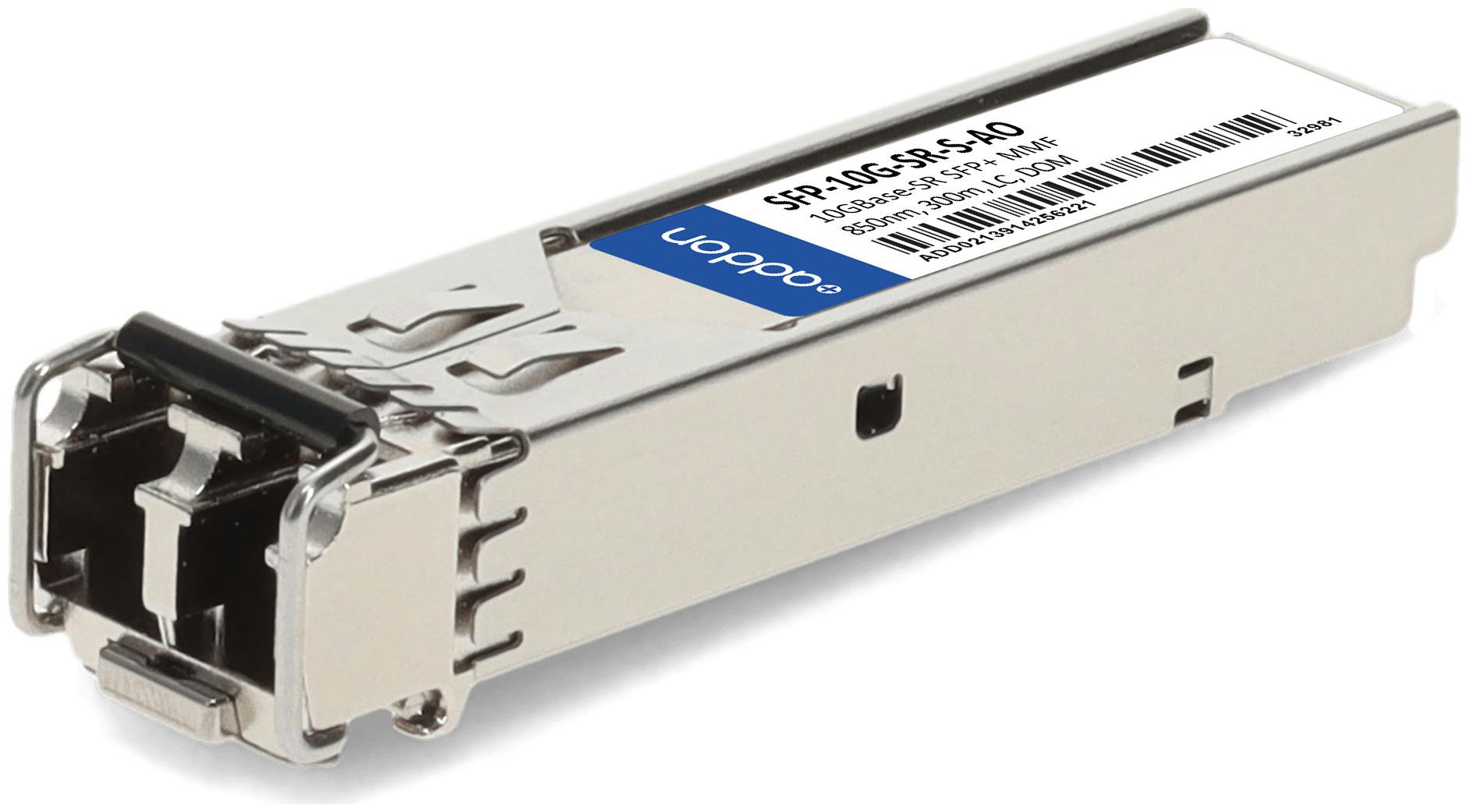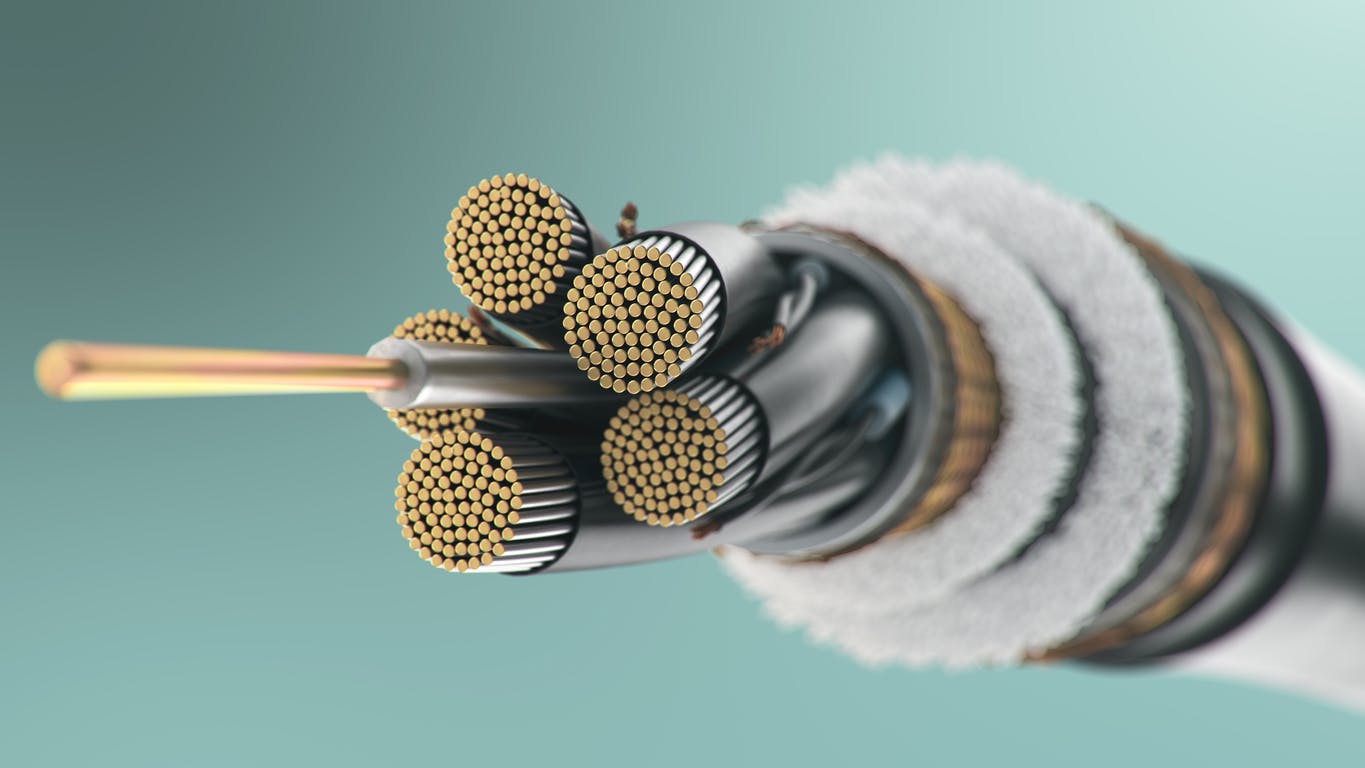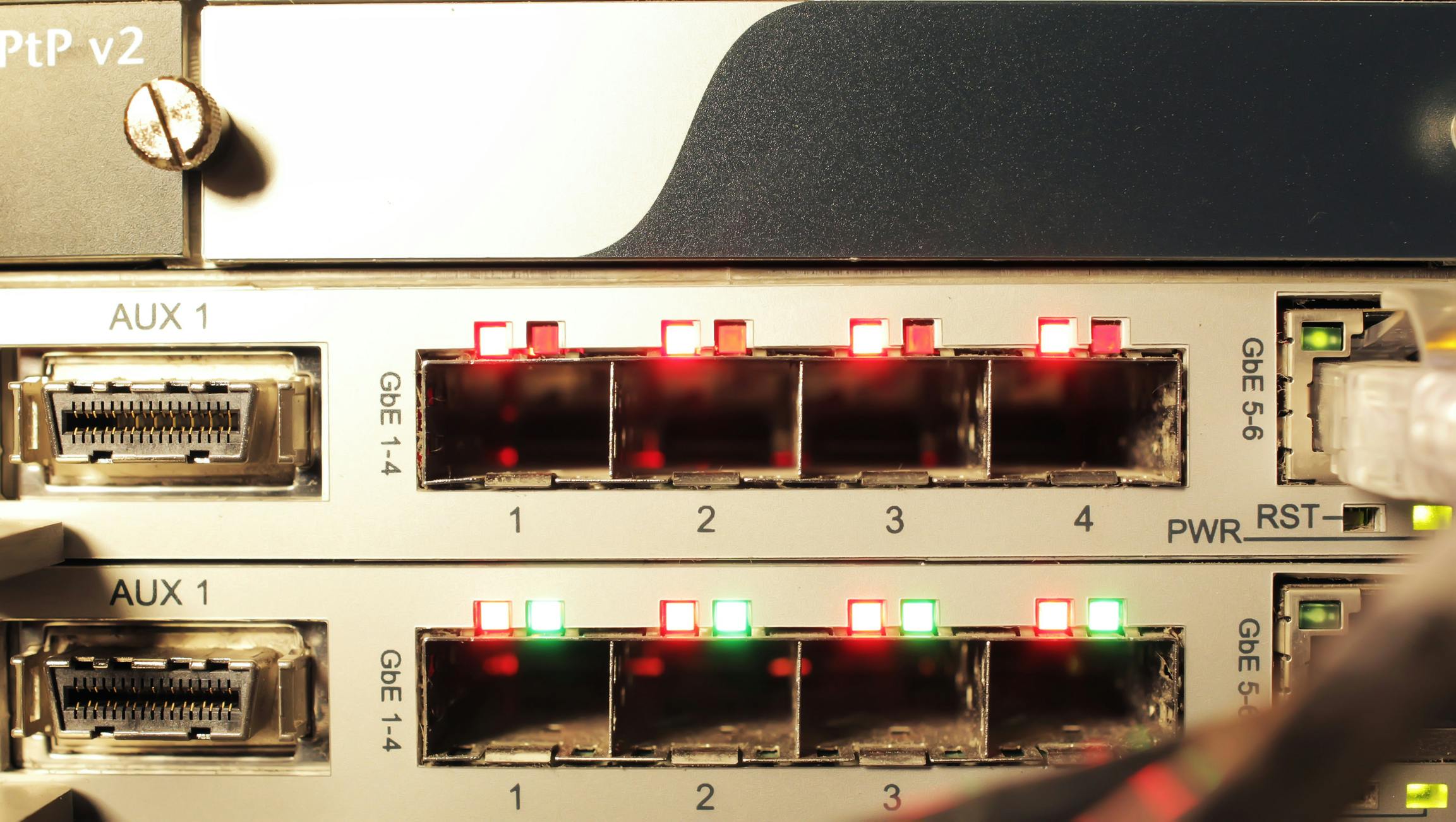Choosing the proper transceiver for your network to rely upon is no easy feat. With our expert guide, you can easily maximize network performance while optimizing your expenses the next time you’re choosing a switch/router, optic, or supporting cabling.
With so much variety on the market, the most important element to picking a transceiver is finding the specifications that best fit your network needs.
The eight key considerations for your network's transceivers are:
- Form factor & connectors
- Original equipment manufacturer (OEM) compatibility
- Speed/data rate
- Media
- Type
- Wavelength
- Reach
- Environment
Form factor & connectors
The term "form factor" refers to the standardized size and shape (or “footprint”) of the optic, but other design features also help create each standard’s definition. While there are many different transceiver form factors to consider, a few standards are more universal than the others.
Which you need is primarily determined by what form factors are compatible in the switch or router the optic is to be plugged in to, so it’s always good to check what your system accepts.

Without the right form factor for your network environment, the optic may not fit into your switch or router at all. If it does connect, it may have impaired performance.
Popular form factors include:
- Small form-factor pluggable (1G SFP, 10G SFP+ )
- Small form-factor pluggable 28 (25G SFP28)
- Quad small form-factor pluggable (40G QSFP+)
- Quad small form-factor pluggable 28 (100G QSFP28)
- 10 gigabit small form factor pluggable (XFP)
- Quad small form-factor pluggable double density (QSFP-DD or QSFP56-DD)
- Quad small form-factor pluggable 28 dual density (200G QSFP28-DD)
- Quad small form-factor pluggable 56 dual density (400G QSFP56-DD or QSFP-DD)
- C (100G) form factor pluggable (100G CFP)
- C form factor pluggable, half size (100G CFP2)
- C form factor pluggable, quarter size (100G CFP4)
LC connectors are the most commonly used on transceivers, though MPO and RJ-45 connections are also available when needed.
Being sure that you can make the connection between transceiver and other optical hardware is a basic requirement for success. Connectors don't necessarily have to match between the devices, but the cable connecting the two then must be terminated in those connectors to bridge the two.
OEM compatibility
Now that we’re certain your optic will fit into your switch or router, we also need to be sure it can communicate with it to pass data.
An optic in a port that is not coded for interoperability with the OEM router renders the port inoperable as they aren’t speaking the same language, even if it physically fits. This prevents your network from reaching peak overall performance.

If you’re using a Cisco SFP in a Cisco switch, full compatibility is easily assured by the OEM. While third party optics are known for their cost-saving benefits and superior availability, they must be coded and amply tested for OEM compatibility.
The best way to ensure you’re using a compatible optic is to only source your third-party transceivers from a trusted provider who guarantees it. Not only will AddOn's fully OEM compatible transceivers pass data successfully, but they’re coded by experienced engineers to harness the full feature set and perform indistinguishably to the OEM version.
We code for complete compatibility with all major OEMs, including (but not limited to):
Speed / Data Rate
Faster data rates (bits of data transmitted per second) translate to improved access quality for users, smoother 4K video streaming, and headroom for even more asynchronous connections.
When upgrading fiber optic hardware, whether transceivers, direct attach cables or active optical cables, patch cables, media converters, or routers/switches to achieve faster data rates, it’s critical to carefully plan ahead. Components that do not operate on similar data rates (or data rates that can be subtended into a single high speed one) can hinder, impair, or otherwise create a bottleneck in your data pipeline.

The most common data rates used today are:
- 155Mbps (megabits per second)
- 1Gbps (gigabits per second, roughly 1,000 megabits per second)
- 2Gbps
- 4Gbps
- 8Gbps
- 10Gbps
- 16Gbps
- 25Gpbs
- 40Gbps
- 100Gbps
- 200Gbps
- 400Gbps
Many of these speeds are subtended (or grouped) into condensed multi-lambda signals for efficiency (such as 5G wireless technologies powered by 100G, 200G, and 400G signals).
When choosing, often the higher data rates are seen as better, but it's more about balancing network performance needs with cost and budget.
Media
Media refers to the physical composition of the cable that carries your data signals, typically characterized by the material (media) and structure (cable mode). Copper transceivers transmit electrical signals via copper cable, whereas fiber optic transceivers transmit light signals via optical fibers.

Both media perform similarly at short range, however, fiber transceivers offer greater cost efficiency for Ethernet at distance due to its reach benefits at 1G, 10G, and 40G or higher data rates.
The second factor to consider is the mode of cable you're intending to use, categorized into single-mode (SMF) or multimode fiber (MMF). Single mode fiber has a much larger reach at higher costs, while multimode fiber is advantageous in price with higher data rate capabilities.

Multi-mode cables have larger cores to support greater simultaneous throughput via multiple modes of light at the same time, whereas single-mode has a narrower core for a single mode of light only.
The core diameter impacts dispersion and signal loss over distance, so single mode’s narrower core is what enables the longer reach. Thus, your use case and reach will usually dictate whether you need to run multimode fiber or single-mode fiber.
Type
There are several special technologies, features, functions, and types to be aware of when choosing a transceiver for your network. One such example of transceiver type would be a wavelength division modulation (WDM) transceiver.
A WDM transceiver is a single mode fiber transceiver that transmits/receives signals at a specific wavelength band. By using WDM transceivers of different wavelengths with a multiplexer/demultiplexer pair, a single full spectrum signal of light can be packed with multiple discrete signals for maximum density and performance.

Other technologies are rapidly evolving to solve practical challenges in density, reach, speed, and bandwidth, so staying apprised of the latest can help keep the competitive advantage in your network.
Here are a few key ones (out of many) to be aware of:
- Coherent optics
- Modulation schemas (standard and higher order)
- Wavelength division modulation (WDM, coarse WDM, dense WDM, high density WDM)
- Bidirectional vs. Tx/Rx only (Tx/Rx usually used for monitoring/security)
- Industrial temperature (rugged) vs. commercial temperature (economical)
While there is no trick to be had here, it is important to be aware of technologies within the industry and leverage solutions that are appropriate to your practical network challenges.
If you aren't sure or need some help, our experts are standing by to assist! Contact us from here.
Wavelengths/Lambdas
Wavelengths (also called lambdas) are another important consideration point when planning a fiber network transceiver purchase for your data center, enterprise, small business, or server farm.
Wavelengths are measured and categorized by the distance in nanometers (nm) between peaks in a spectrum of light energy, called bands. The higher energy and frequency a band has, the shorter its wavelength. The actual lambda is measured from peak to peak of the waveform graph (see below).

Energy is lost over transmission distance, so generally higher wavelength bands are used for long range applications so the loss is not as significant to signal quality. Lower wavelength bands are used for shorter range, where the risk of loss is not as great.
When it comes to fiber optic transceivers, specifying which wavelength will be carrying your signal is crucial, as both receiving and transmitting optics need to be on the same page. Some technologies like WDM require wavelength compatibility between multiple devices, so planning is key here.
Most signals are carried on one of three common wavelengths, though there are uses of others as well:
- 850nm for short distances (around 500m on multimode fiber)
- 1310nm for mid-range reach (approximately 40km on single mode fiber)
- 1550nm for long to extreme range (beyond 40km on single mode fiber)
Reach
Being a device that transmits data via light energy, the performance of an optical transceiver is impacted by both the distance the signal must span as well as the environment that fiber carrying the signal is deployed in.
Often, the distance an optic is rated for is so important that it is a key determining factor in which applications it is used for.

Short reach optics are usually found in data centers, server farms, core networks, or single-site facilities as they have a far lower price point. This makes them more efficient for reducing capital and operational expenses.
Long reach optics, conversely, are reserved for transmission of highly condensed WDM signals from campus-to-campus or core-to-edge connections.
A 500m optic can cover a lesser distance of 350m without performance loss, but not 1km, making it a good choice for that 350m run. Thus, it’s a prudent practice to choose optics that provide headroom between required reach and capabilities.
Environment
As mentioned, long reaching optical transceivers are often deployed for site-to-site connections. This, in turn, often means running optical fiber in the ground outside of climate controls, such as to/from remote sites or on factory floors.
Heat/cold from harsh weather and climates can exacerbate dispersion and attenuation, be it by expanding/contracting materials in the optic or the line or physically misaligning the fiber. In turn, this degrades signal strength to suboptimal levels, creating an underperforming link in a critical high-speed pipeline.

Utilizing hardware in those runs are specifically designed as rugged, insulated, and otherwise rated for industrial temperatures is key to avoiding such a situation when networking outside of climate controlled areas. Due to cost, however, industrial temperature optics are reserved for when needed.
Being certain that the fiber optics you’re shopping for fit the gap and environment you need to transmit data through is just as important as the form factor or OEM compatibility, so don’t overlook this. AddOn's industrial temperature transceivers are often rated for -15º to 85º Celsius to help avoid these service degradations.
